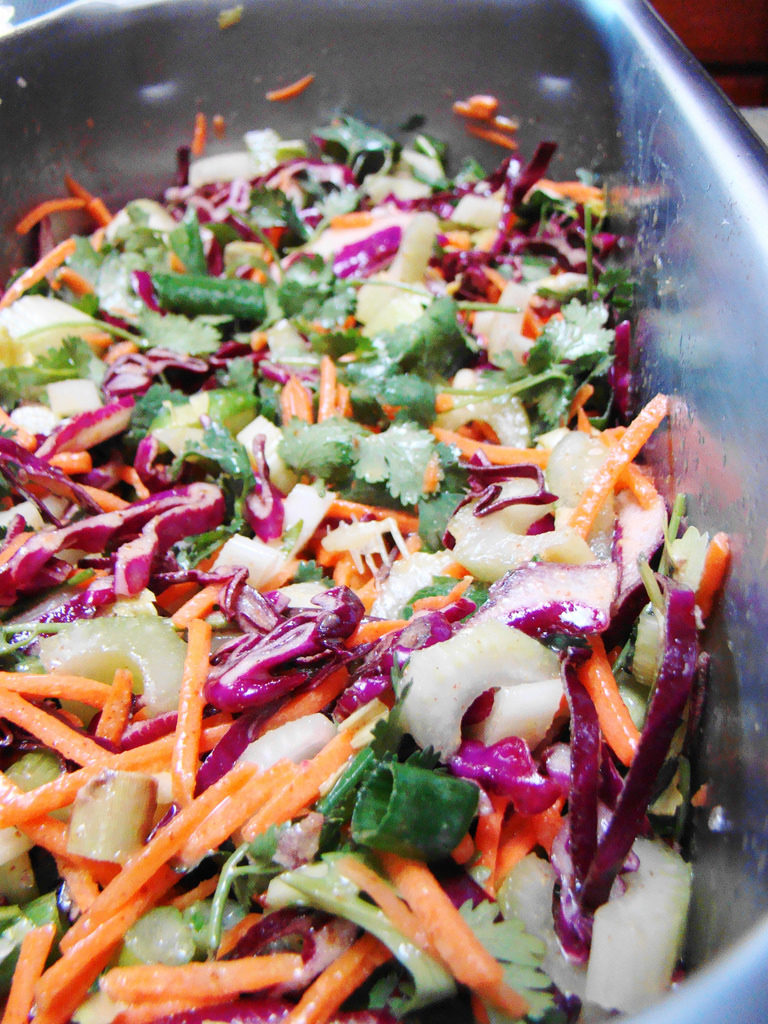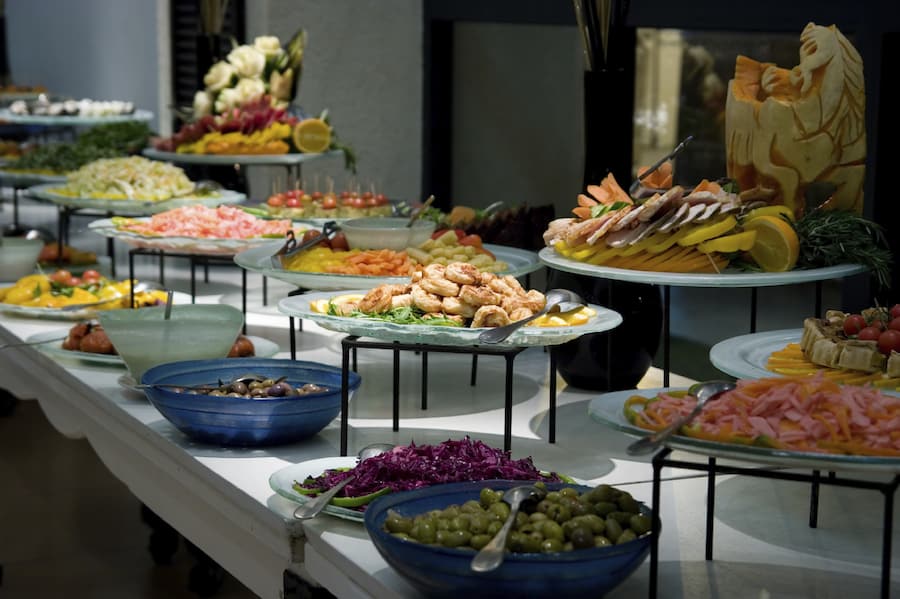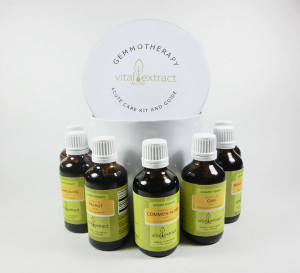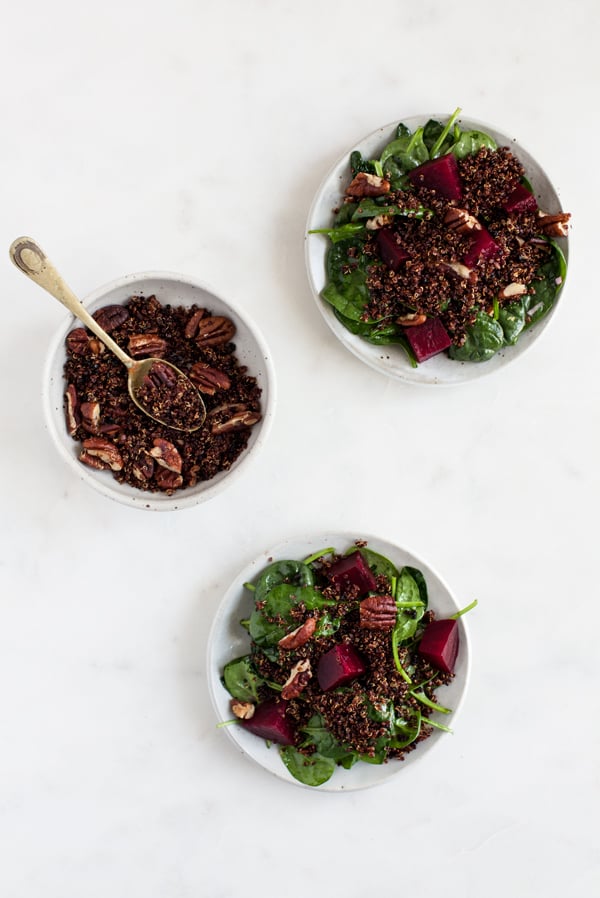Last week I introduced this series on caring for acute cases by explaining the difference between acute and chronic symptoms. Because each one requires a different approach, the protocols and care vary. Today I’m going to break down Kelsey’s experience with the onset of the flu. I will point out typical early warning symptoms that, like most individuals, she didn’t recognize, and I will suggest a different scenario.
 Just like every Wednesday at Kelsey’s house, she was up at 6 am, preparing lunches for her children, checking her email, and then getting her son and daughter up and going. Until drop off at 7:30 am, she chugged through what she did day in and out, taking care the children were ready for their day, and eating a banana for breakfast in the car. Kelsey made it to the office at 8 am. Feeling a bit more blurry than usual, she went ahead and grabbed a coffee on her way to her desk, passing the feeling off to the fact she hadn’t slept as deep as usual the night before. Because Kelsey faced a 3 pm deadline to submit a project for a client, she desperately needed a clear brain and got right to work. After two hours of powering away and having given the coffee a chance to kick in she still struggled with finding the sharpness she needed for today’s task. Annoyed with herself, she pushed on making progress, but certainly slower than normal and really feeling every bit of the effort it took.
Just like every Wednesday at Kelsey’s house, she was up at 6 am, preparing lunches for her children, checking her email, and then getting her son and daughter up and going. Until drop off at 7:30 am, she chugged through what she did day in and out, taking care the children were ready for their day, and eating a banana for breakfast in the car. Kelsey made it to the office at 8 am. Feeling a bit more blurry than usual, she went ahead and grabbed a coffee on her way to her desk, passing the feeling off to the fact she hadn’t slept as deep as usual the night before. Because Kelsey faced a 3 pm deadline to submit a project for a client, she desperately needed a clear brain and got right to work. After two hours of powering away and having given the coffee a chance to kick in she still struggled with finding the sharpness she needed for today’s task. Annoyed with herself, she pushed on making progress, but certainly slower than normal and really feeling every bit of the effort it took.
As lunchtime rolled around, Kelsey decided to order food and keep going. As she continued to struggle with her focus she became increasingly annoyed by the conversations of her colleagues that seemed louder than normal for sure. Kelsey had the sudden desire to be home on her sofa in the quiet of her empty house to finish this work. Unfortunately, at this point that wasn’t going to happen. Her lunch arrived and it sat pushed aside as she continued with further determination. Time seemed to move much faster than her progress. When a team member, who Kelsey was particularly close to, stopped by to check on her and offer some words of encouragement Kelsey felt a cringe of irritability just wanting to be left alone. Finally, painstakingly, Kelsey finished her project at 2:30 pm just in time to give it a good review before sending it off. Now sitting back for a moment she opened her lunch and picked at it noticing it neither looked appealing nor did she have an appetite. After only a bite or two, what she did notice was that she was so thirsty, prompting her to head to the break area to make some tea.
With this deadline behind her Kelsey began to sort through the day’s emails and felt as if she faced a sea of demands. Did literally everyone need something from her today? She found herself skimming them and literally unable to formulate answers due to the growing sense of being overwhelmed. The noise level in the office continued to increase and the voices of some colleagues seemed to especially grate on her nerves. Ok, “Pack it up,” she thought. If she left now she could actually make it home and have enough time to sort the emails in peace and quiet before her husband arrived with the kids.
The rest of the evening didn’t unfold quite so well for Kelsey. She worked through her emails leaving some responses for the morning when she was sure to have a clearer head and couldn’t quite find interest in preparing a meal. Unable to find a creative way to pull together what she had in the kitchen she resorted to making everyone a salad and calling out for pizza. When the children and her husband arrived, she was hit with complete exhaustion. As their conversation and noise levels rose it was more than she could bear. She excused herself from dinner and opted for a bath and early to bed.
Kelsey will go to bed thinking she just had a bad day at work and will be shocked to find herself with a fever, burning eyes, and pounding headache when she wakes the next morning.
As Kelsey’s practitioner, however, I would say the first signs of her acute illness showed up early that morning with the lack of mental clarity she experienced. I have a theory, based on a classic law of healing by Constantine Hering, that mental symptoms are always the first to show in an acute illness, followed shortly by emotional sensitivity. In my experience this all appears up to 24 hours before any physical symptoms are clear. In Kelsey’s case the symptoms appeared in exactly that order—her slower than usual thought process and the irritation she felt by the comments of her coworker. Add to that her lack of appetite and increased thirst and I would clearly see an acute illness unfolding. Kelsey, like most of my clients, did not and continued to power through missing the opportunity to support her immune system early on.
So what could Kelsey have done differently? In my approach I encourage my clients to learn the language of their body. That means listening early on to mental, emotional, and physical symptoms and knowing how to respond. In Kelsey’s case, or your own similar situation, I would encourage you to use these therapies at the onset of the mental and emotional signs:
Gemmotherapy: At this very early stage Black Currant is the Gemmotherapy extract needed to boost the adrenal response and decrease any inflammation. A preemptive few doses for Kelsey during her day while she worked to meet a deadline would have done her wonders. A different protocol will be needed if physical symptoms arise.
Plant Based Die: Shift immediately to a completely alkaline and, if possible, raw diet of fruit and vegetables over not eating. Your body needs your lymphatic system to be fully active right now and fruit, green, and veggie juices are great, but so is whole fruit and vegetables. A light vegetarian miso or pho soup is ideal in the evening even if it is ordered out! Your body needs every bit of energy to heal whatever is happening and no extra energy should be spent over difficult to digest foods such as animal proteins or processed items.
Physical Rest: Now that you have supported your body with Gemmotherapy and healthy alkalizing nourishment it is time to let your immune system do its work without you robbing the energy it needs. Physical rest is defined here as rest with your feet elevated as soon as you are able. Even better is lying with your kidneys flat and your feet raised.
Homeopathy: In my opinion it’s still too early to isolate clear enough physical symptoms for an accurate remedy selection, so I suggest the above three therapies at this stage only.
I already know what you are saying… This is all fine and well, but I don’t have the time for this! As hard as it is to slow down and focus on just your own well-being, taking some time now preemptively will keep you from losing much more time in the days ahead.
Check back next week and I will share what to do if you miss these signs.
 This slaw has become a mainstay in the Hubele house the past two weeks as I have played around with different ingredient combinations. Clearly no one has tired of it as I am sure I would have heard some rumblings. Quite frankly everything I added only made it better, so what you are getting here is the full compliment. Feel free to eliminate what you might not have on hand or replace with another suitable veg.
This slaw has become a mainstay in the Hubele house the past two weeks as I have played around with different ingredient combinations. Clearly no one has tired of it as I am sure I would have heard some rumblings. Quite frankly everything I added only made it better, so what you are getting here is the full compliment. Feel free to eliminate what you might not have on hand or replace with another suitable veg.






